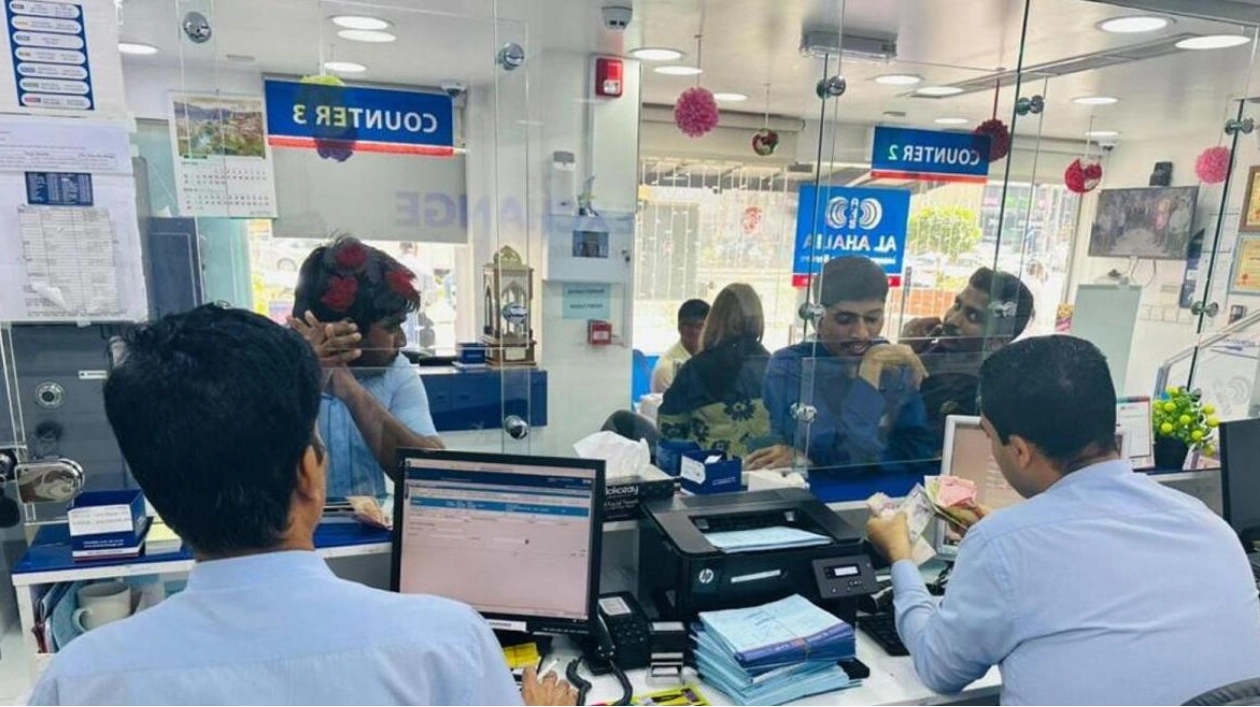Remittances to India from overseas workers are projected to increase by 3.7 percent in 2024, hitting a new high of $124 billion and further rising to $129 billion in 2025, according to the Economic Survey 2023-2024. This surge is primarily fueled by higher remittances from the UAE and other GCC countries. The UAE, which is the top source of remittances to India, contributing 18 percent of the total $120 billion in 2023, will continue to be a major contributor alongside the US and other GCC nations.
India's initiative to integrate its Unified Payments Interface (UPI) with countries like the UAE and Singapore is anticipated to lower costs and expedite the remittance process, as stated by Indian Finance Minister Nirmala Sitharaman in the survey presented before her seventh budget announcement. The survey predicts a consistent rise in remittance inflows over the next two years. The February 2023 agreement between India and the UAE, which facilitates local currency transactions and interconnects payment systems, has enhanced the flow of remittances through official channels.
The UAE, India's second-largest trading partner, represents 18 percent of India's remittance inflows. The Comprehensive Economic Partnership Agreement (Cepa) signed in 2022 has significantly boosted bilateral trade, reaching $85 billion in 2023, and increased foreign direct investment from the UAE to $3.3 billion. Other GCC countries including Saudi Arabia, Kuwait, Oman, and Qatar collectively account for 11 percent of India's remittances, according to the World Bank.
In 2023, India received the highest remittances globally, followed by Mexico, China, the Philippines, and Pakistan. The diverse skill levels of India's migrant workforce, ranging from highly skilled in OECD markets to less skilled in GCC markets, are expected to stabilize remittances during external economic shocks. Analysts highlight that the projected growth in remittances reflects India's robust relationship with its diaspora and its growing role in international financial flows.
This steady inflow of foreign currency is anticipated to bolster India's economic stability and growth. The economic survey also forecasts India's real GDP growth between 6.5-7 percent for FY25, providing a detailed analysis of various economic sectors including FDI, AI's impact on the workforce, and the performance of India's banking and financial sectors.






